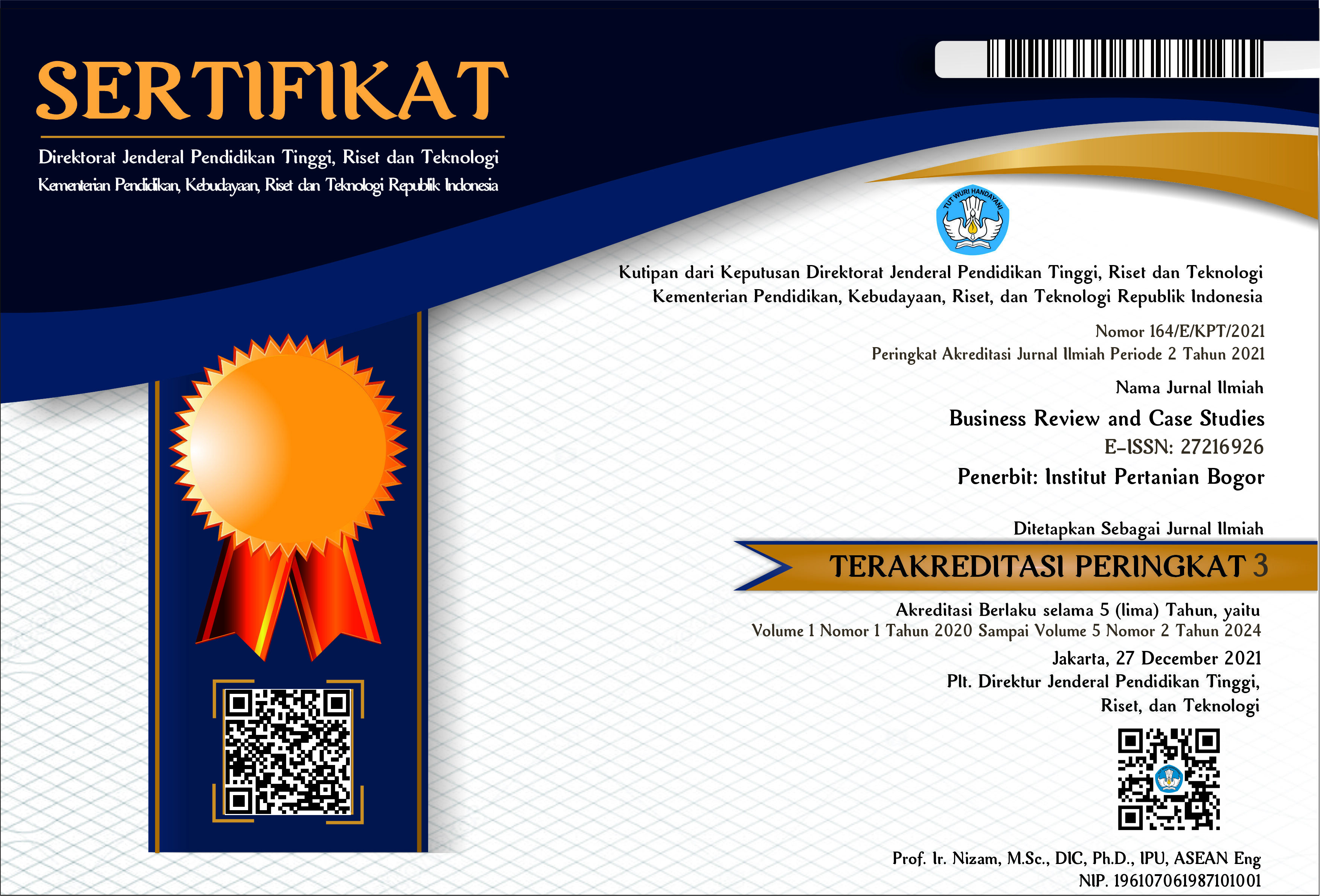Financial Performance of Plantation State Owned Enterprise Before and After Holding Establishment
Abstract
Restructuration of State Owned Enterprise (SOE) through holding company establishment is aimed to transform the company to be more professional, independent and competitive in the global market. Thus far, the Ministry of SOE has established several holding companies, one of which is a plantation holding company. In the course of 5 years after the establishment, the plantation holding company has not shown proper financial performance. The objectives of this research are to analyze the impact of holding company formation towards company’s performance and the required strategy to be implemented related to the company’s capital structure. This research uses primary and secondary data to analyze IFE (Matrix Internal Factor Evaluation), EFE (Eksternal Factor Evaluation), and Internal-External (IE) matrices and compare them to the SWOT (strengths, weaknesses, opportunities, and threats) analysis. The research results show that the size and tangibility variables have increased while the other variables have decreased. Besides that, based on the results of financial performance research that have a significant effect on capital structure are profitability, size, growth, activity, lag leverage. Based on strategic analysis through IE matrix, the company is on the 5th quadrant which requires the company to implement market penetration strategy or doing product development. The SWOT analysis obtained several alternative strategies related to capital structure improvement.
Keywords: plantation holding, holding company, company’s performance, financial performance, capital structure







.jpg)






